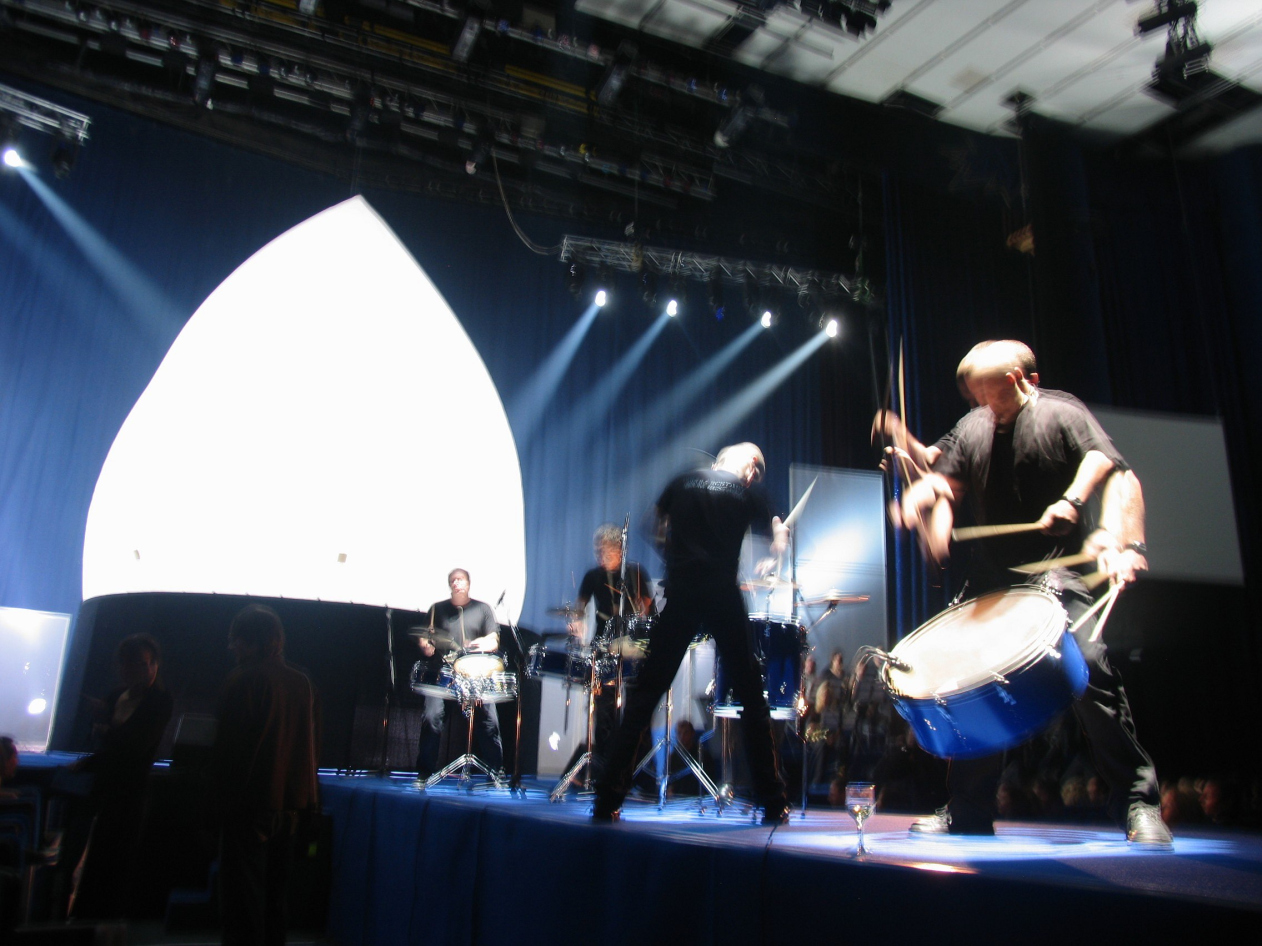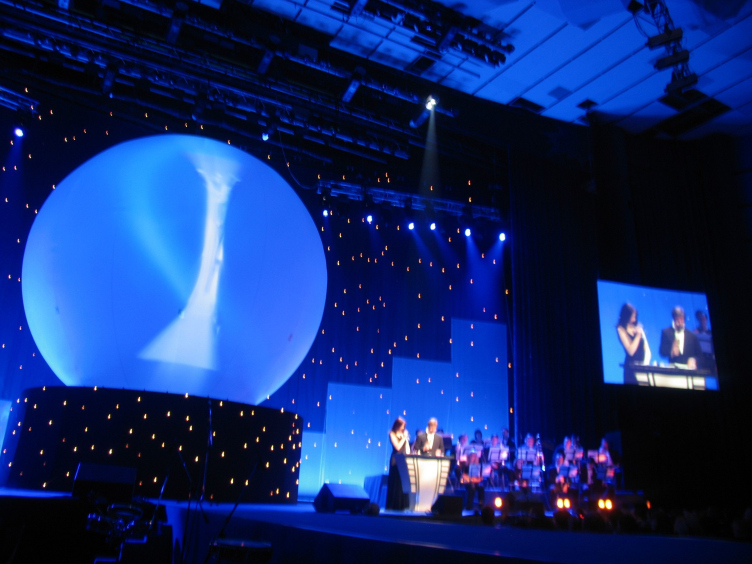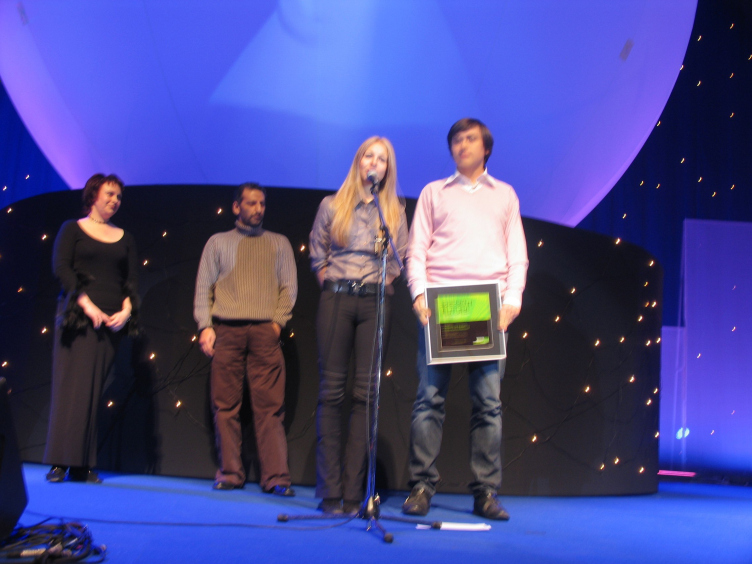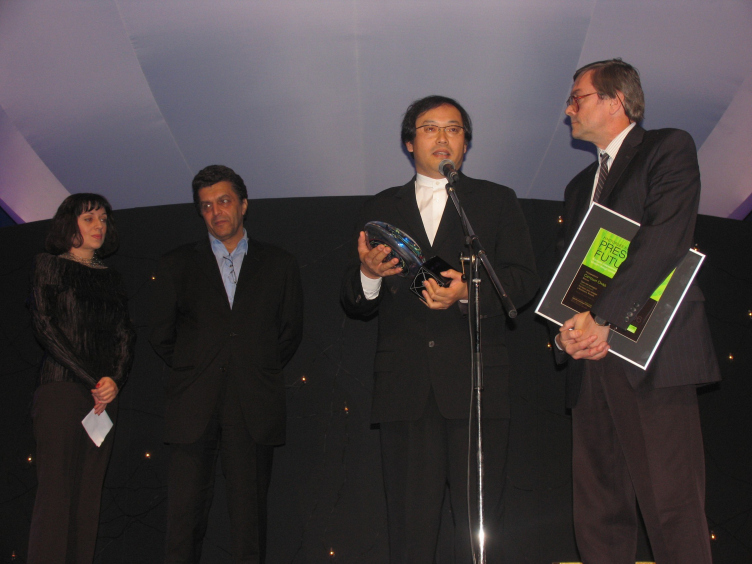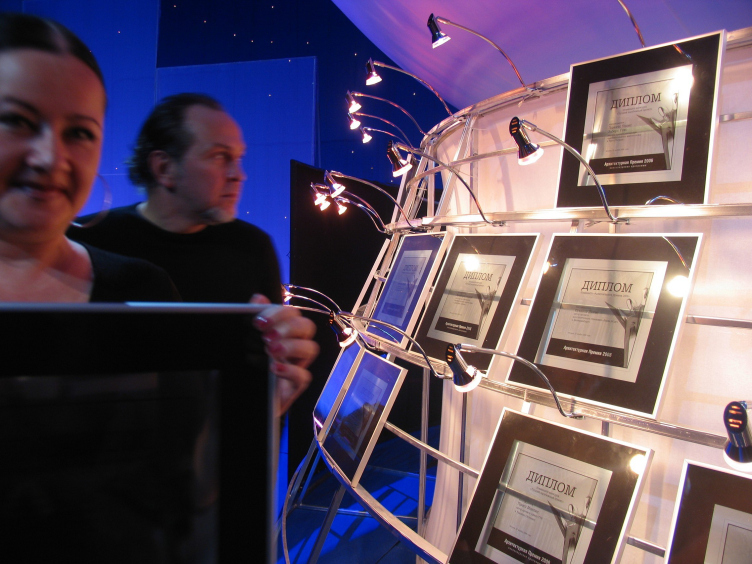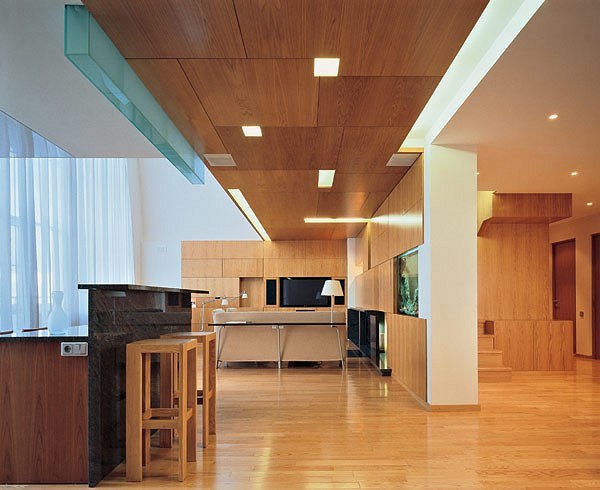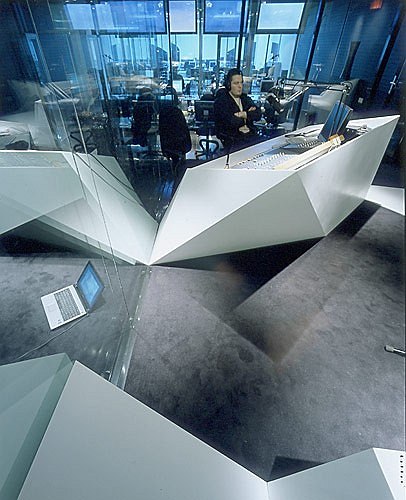Arhip: architecture is the major from arts.
On November, 23rd the ceremony of delivery the 5-th architectural premium founded by publishing house " Interior-press " and magazine Salon-interior took place in the cinema "Pushkin". As the leader Leonid Yarmolnik has told, this event is not simply hospitality event, it is the meeting of adherents, professionals and the creators incorporated by spirit of art.
